Droopy Snake Plant Leaves – What To Do About A Drooping Mother In Law’s Tongue
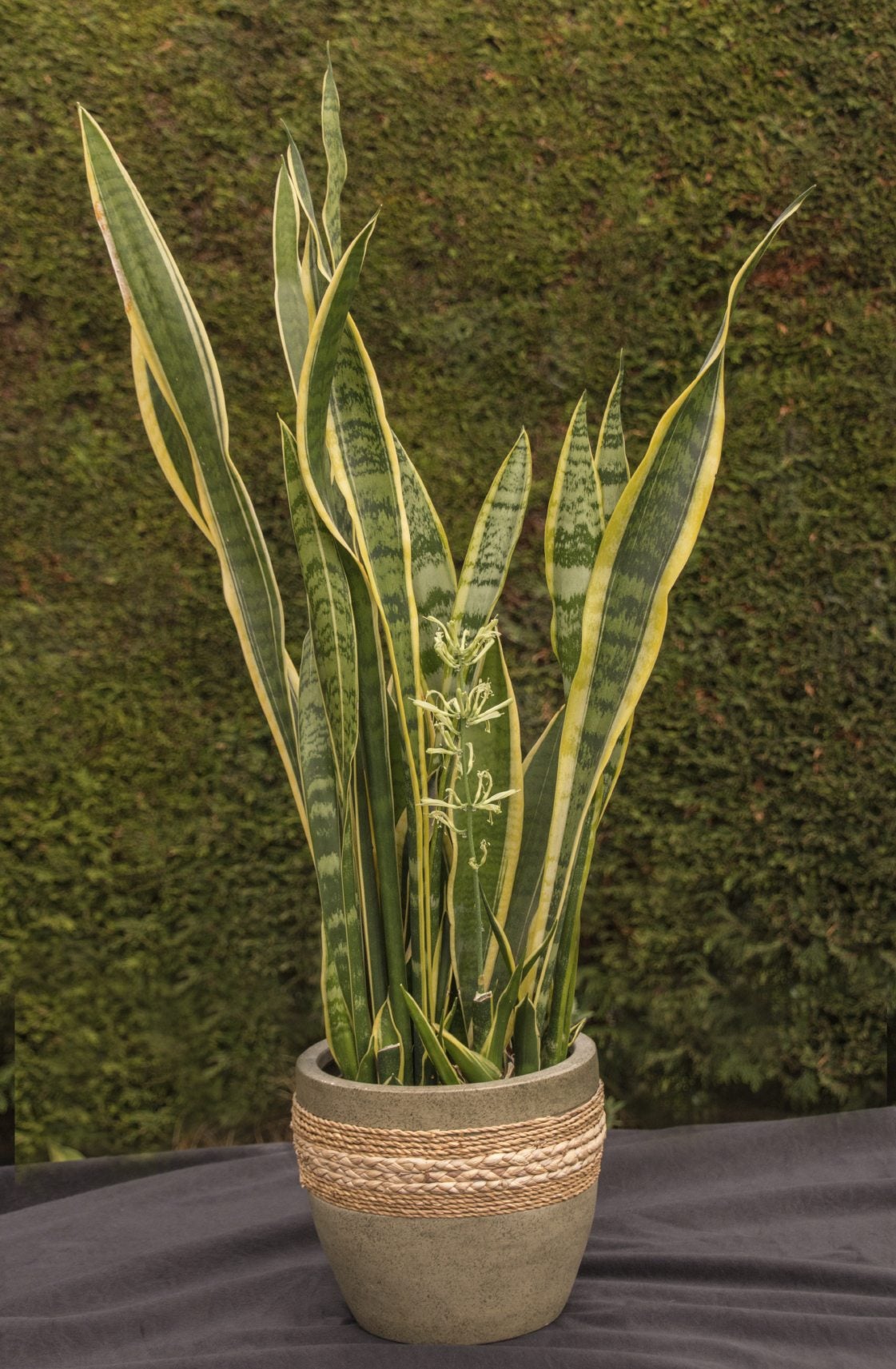

You may know mother-in-law plant (Sansevieria) as the snake plant, appropriately nicknamed for its tall, slender, upright leaves. If your snake plant has droopy leaves, it’s an indication that something isn’t right. Read on for suggestions about possible causes and fixes for a mother-in-law tongue with drooping leaves.
Help! My Snake Plant is Drooping!
If your snake plant has droopy leaves, there are a few likely possibilities.
Improper watering
Mother-in-law’s tongue is a succulent plant with thick, moisture-holding leaves. This built-in watering system allows the plant to survive in its native environment – dry, rocky regions of the West African tropics.
Like all succulents, the snake plant is susceptible to root rot in soggy conditions, and droopy snake plant leaves often result when the plant is overwatered. Water the snake plant only when the top 2 or 3 inches (5-7.5 cm.) of soil is completely dry, and then water deeply until water runs through the drainage hole.
Although conditions vary, a plant near a heat vent or a sunny window will need water more frequently. However, many people find that watering every two or three weeks is adequate. Water around the inside edge of the pot to keep the leaves dry, and then allow the pot to drain freely before replacing it on the drainage saucer. Don’t water again until the top of the soil is dry.
Water sparingly during the winter months – only when the leaves begin to look slightly wilted. Once a month is usually enough. Also, be sure the plant is in a pot with a drainage hole.
Use a fast-draining potting mix such as a mix formulated for cactus and succulent, or a regular potting soil with a handful of coarse sand or perlite to enhance drainage.
Gardening tips, videos, info and more delivered right to your inbox!
Sign up for the Gardening Know How newsletter today and receive a free copy of our e-book "How to Grow Delicious Tomatoes".
Lighting
Some people joke that Sansevieria is so hardy it can grow in a closet, but droopy snake plant leaves may result when the plant is in excessive darkness for long periods of time.
The pattern in the leaves also tends to be more bright and prominent when the plant is exposed to light. Snake plant tolerates relatively bright light, but direct light from a south-facing window may be too intense and may be to blame for drooping mother-in-law’s tongue.
However, a southern exposure works well during the winter months. A sunny west- or east-facing window is a good bet nearly any time of year. A north-facing window is acceptable, but long periods of northern exposure may eventually cause droopy snake plant leaves.
Repotting
If improper watering or lighting isn’t the reason for drooping mother-in-law’s tongue, check to see if the plant is rootbound. However, keep in mind that snake plant generally only needs repotting every three to five years. Move the plant to a container only one size larger, as a too-large pot holds an excessive amount of potting soil that can cause root rot.

A Credentialed Garden Writer, Mary H. Dyer was with Gardening Know How in the very beginning, publishing articles as early as 2007.
-
 Looking For Plants To Give You The Soft And Fuzzies? Try These 5 Fuzzy Leaf Plant Options
Looking For Plants To Give You The Soft And Fuzzies? Try These 5 Fuzzy Leaf Plant OptionsLovers of texture, drama, silver foliage and tactile plants will adore these special sensory garden additions. These fuzzy leaf plant options will leave you all aglow
By Susan Albert
-
 Get Ready For A Summer Of Hummers! Grow These Full Sun Hummingbird Plants and Flowers
Get Ready For A Summer Of Hummers! Grow These Full Sun Hummingbird Plants and FlowersIf you’re lucky enough to enjoy a sunny backyard, make sure you are maxing out on your pollinator opportunities and grow these full sun hummingbird plants and flowers
By Tonya Barnett
-
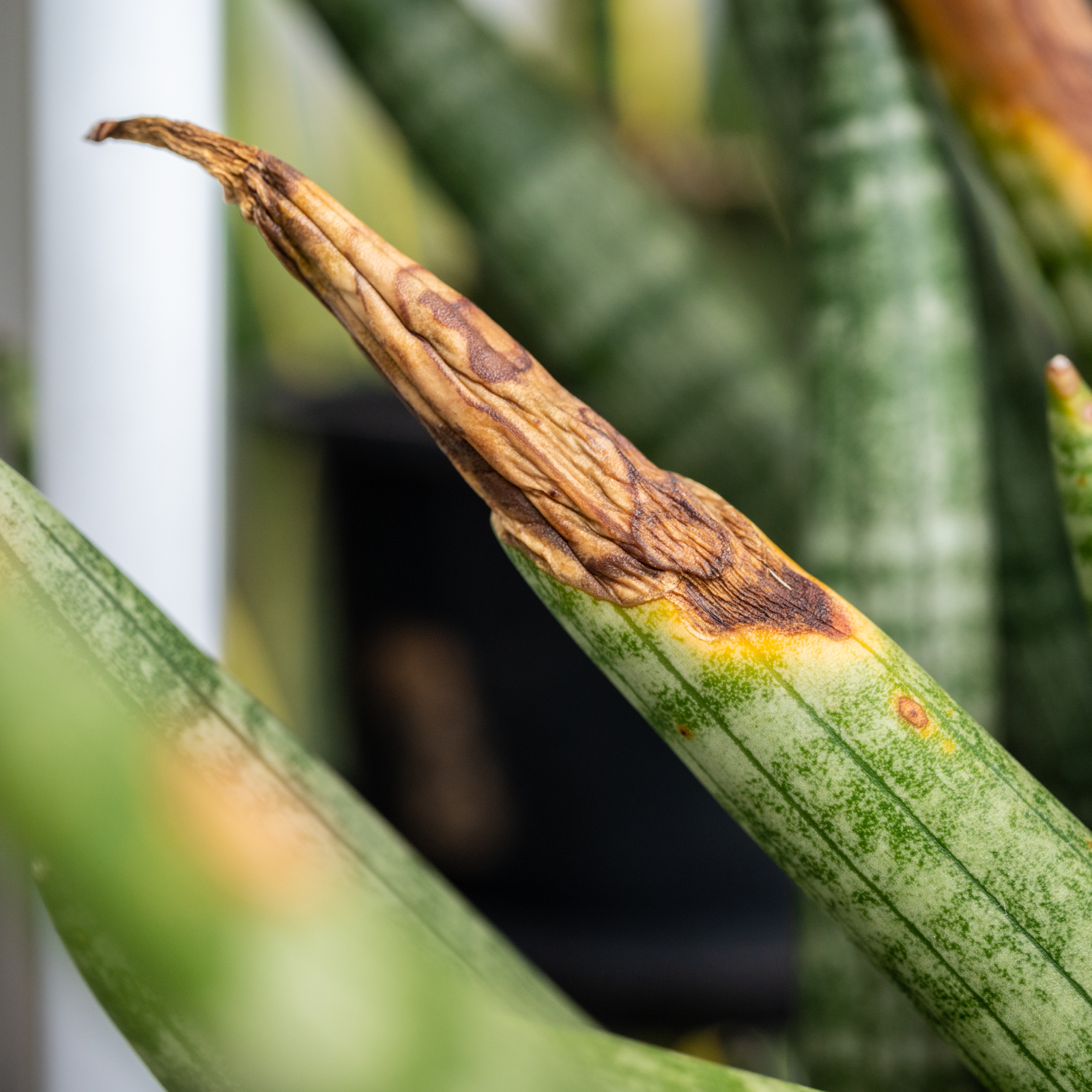 Help, My Snake Plant Is Mushy! Advice For Root Rot In Snake Plants
Help, My Snake Plant Is Mushy! Advice For Root Rot In Snake PlantsSnake plants are hardy houseplants, but they can be susceptible to root rot. Learn how to prevent and treat this common snake plant problem.
By Amy Grant
-
 Are Snake Plants Toxic To Dogs? Keep Your Pup Safe Around These Popular Houseplants
Are Snake Plants Toxic To Dogs? Keep Your Pup Safe Around These Popular HouseplantsSnake plants are incredibly popular houseplants because of their hardy nature, but are they dangerous to human's best friend? Learn how to keep your pup safe.
By Amy Grant
-
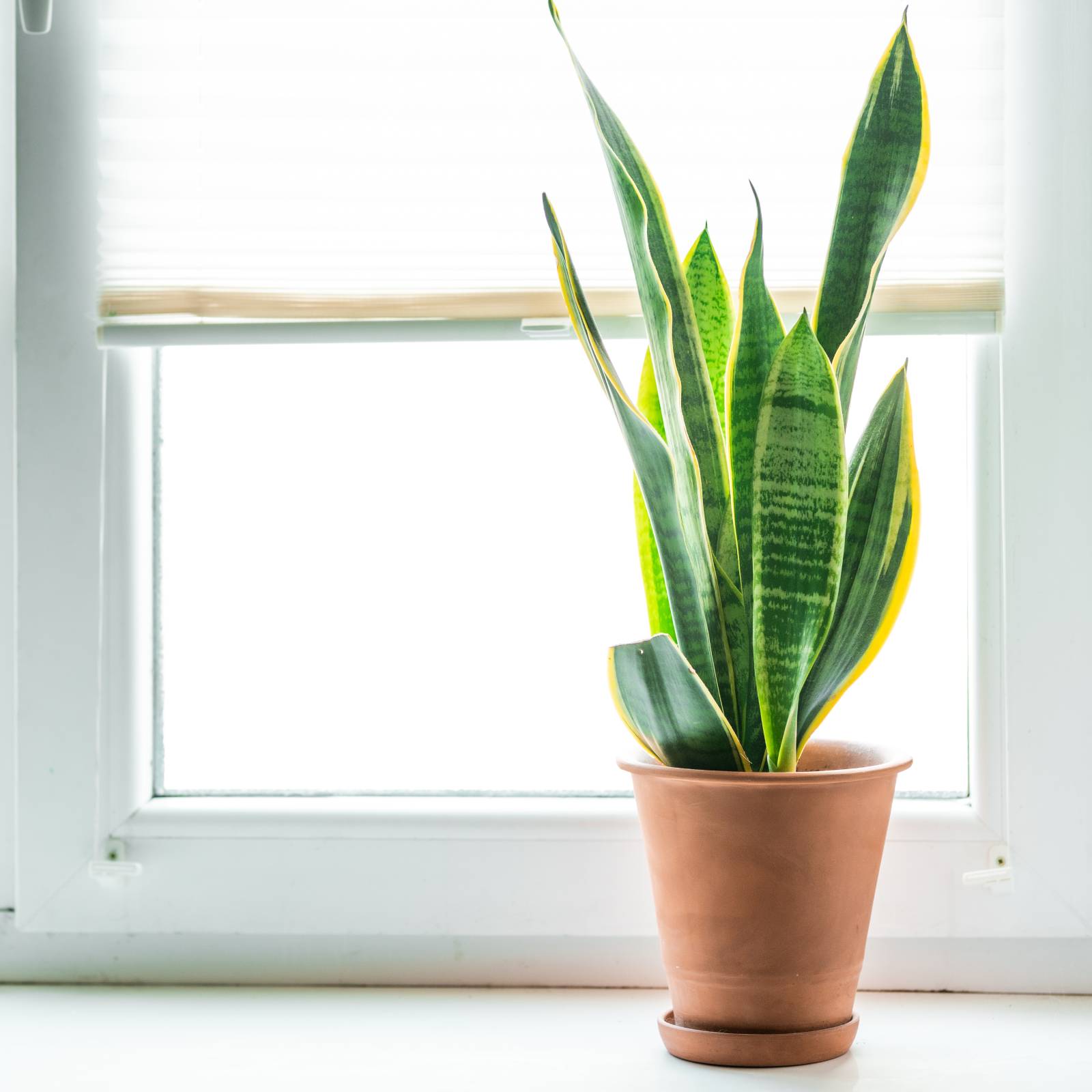 Snake Plant Getting Enough Light? Understanding Light Requirements And How To Adjust
Snake Plant Getting Enough Light? Understanding Light Requirements And How To AdjustSnake plant light requirements aren’t as stringent as for some houseplants, but the right lighting is important for their growth and well-being.
By Tonya Barnett
-
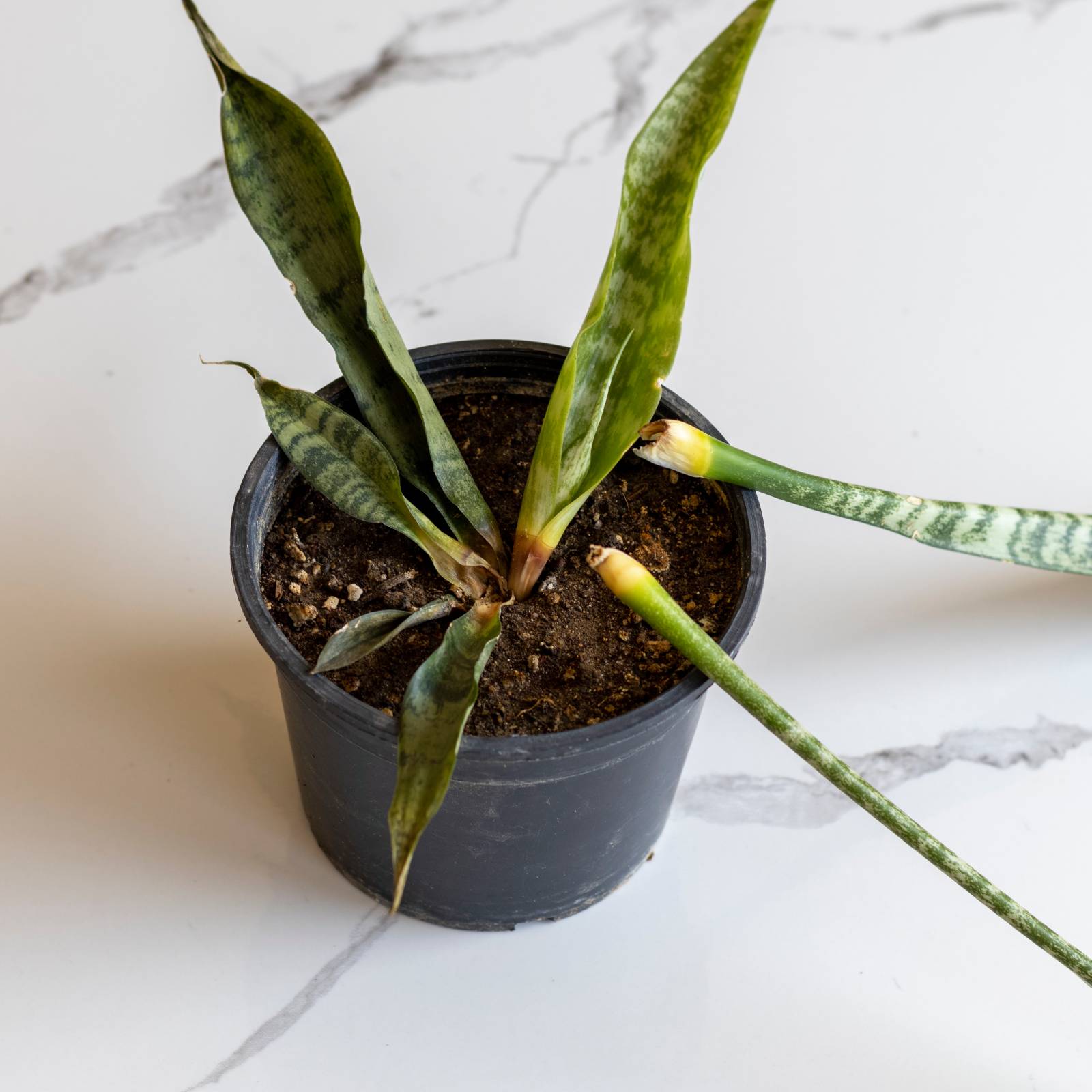 Telltale Signs Of An Overwatered Snake Plant – And How To Fix This Fatal Mistake
Telltale Signs Of An Overwatered Snake Plant – And How To Fix This Fatal MistakeBy Bonnie L. Grant
-
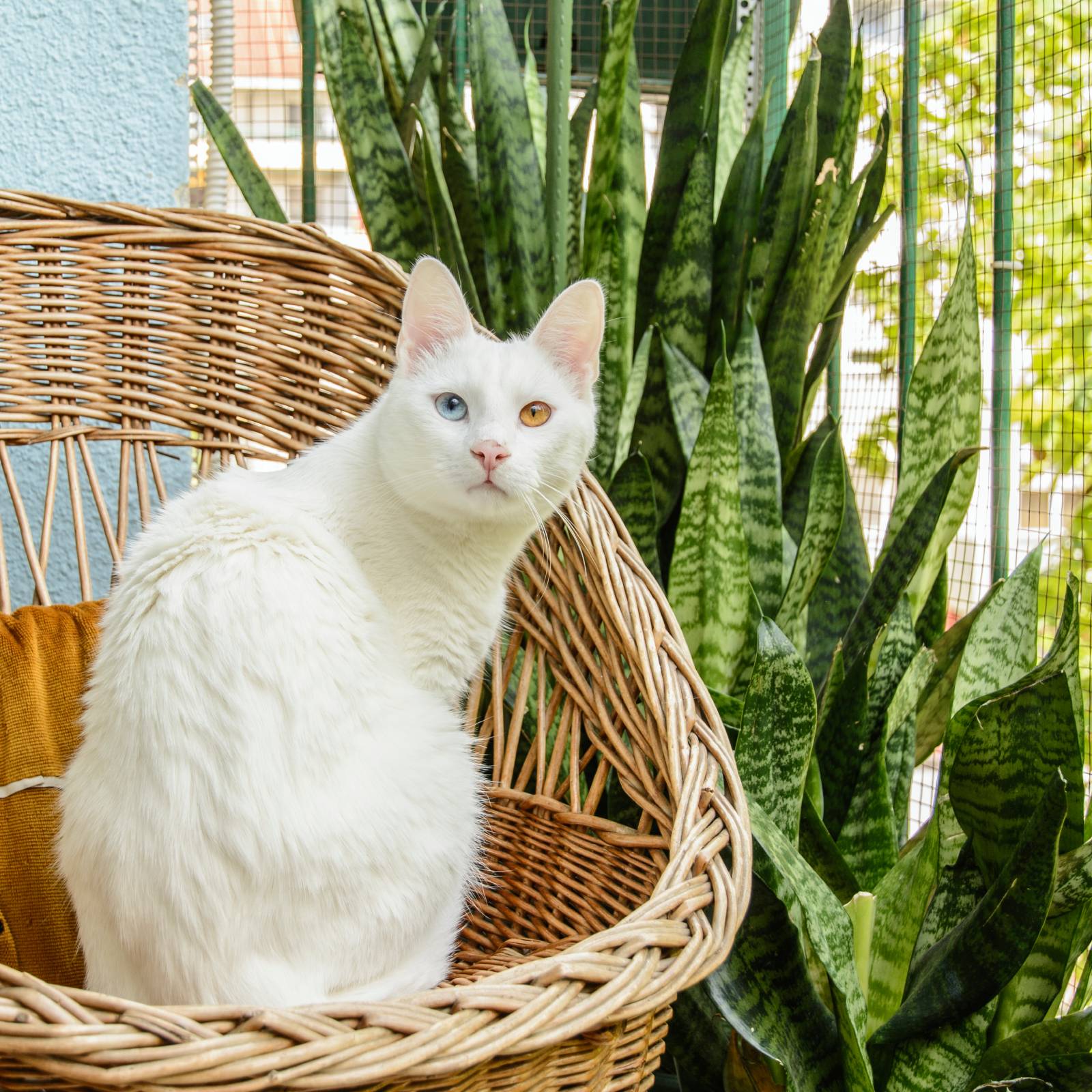 Are Snake Plants Toxic To Cats? Here’s How To Protect Your Felines And Avoid Trouble
Are Snake Plants Toxic To Cats? Here’s How To Protect Your Felines And Avoid TroubleAre snake plants toxic to cats? A good rule of thumb is to simply keep the plant where kitty can’t get to it.
By Mary Ellen Ellis
-
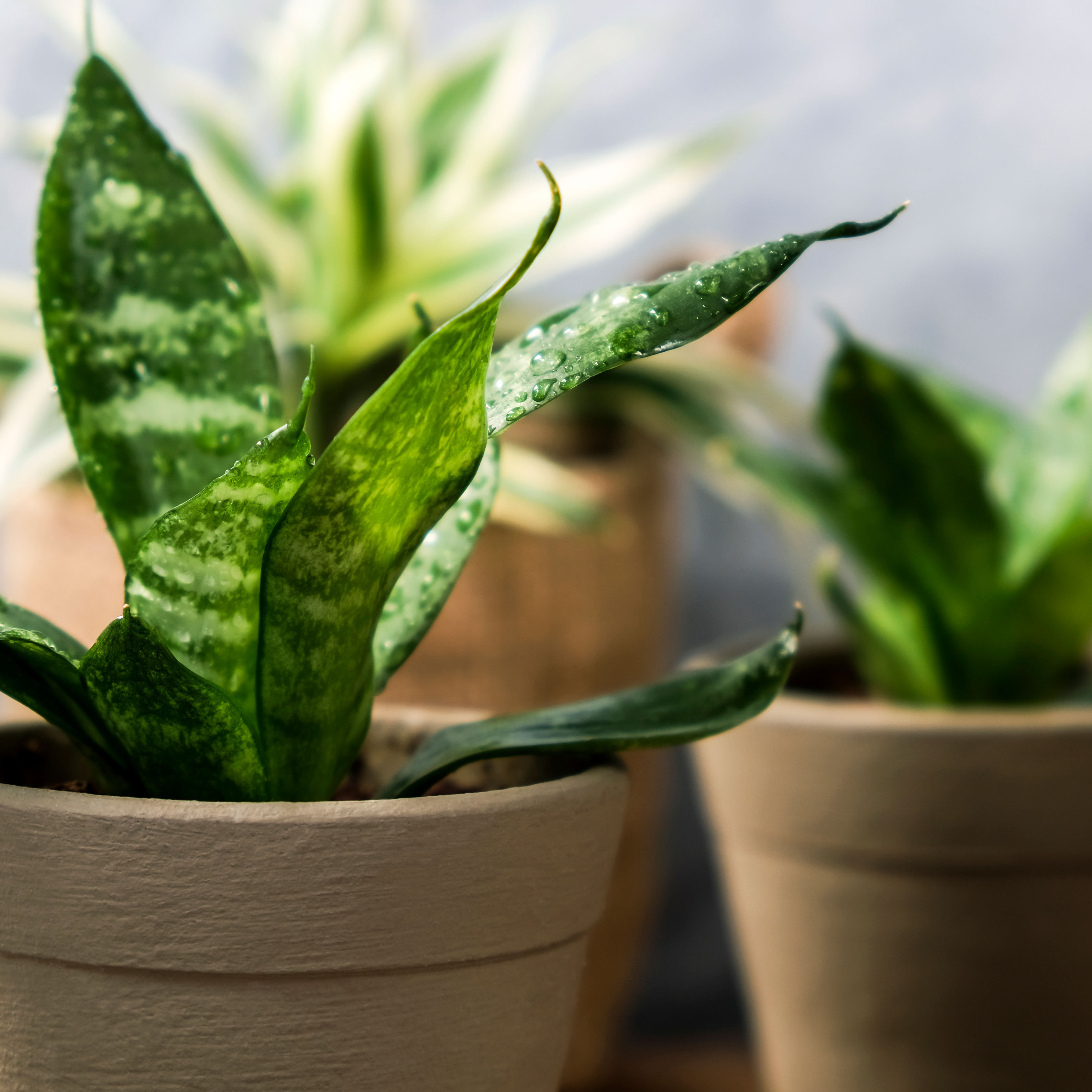 Mini Snakes: Try These 6 Small Snake Plant Varieties For A Cute And Compact Indoor Plant
Mini Snakes: Try These 6 Small Snake Plant Varieties For A Cute And Compact Indoor PlantYou love the drama and structure of a snake – but what if you don’t have much indoor space? These small snake plant varieties are ideal for mini pot perfection
By Teo Spengler
-
 10 Snake Plant Varieties To Elevate Your Indoor Plant Collection
10 Snake Plant Varieties To Elevate Your Indoor Plant CollectionDon’t let the name fool you - snake plants are friendly, beautiful, and easy to grow. Here are 10 of my favorites you may not have heard of.
By Bonnie L. Grant
-
 Tips For Transplanting A Snake Plant
Tips For Transplanting A Snake PlantSnake plants require very little care, which can make it difficult to judge if repotting one would be beneficial. Read on for tips.
By Laura Miller